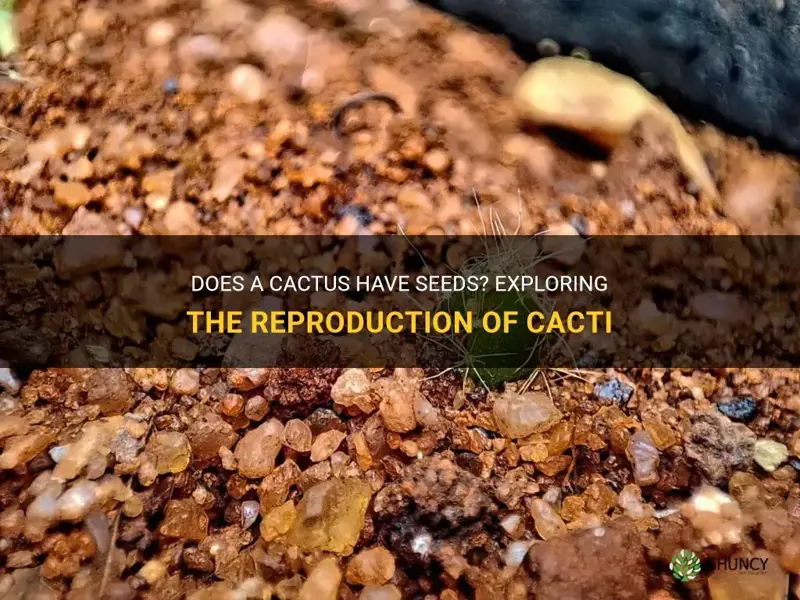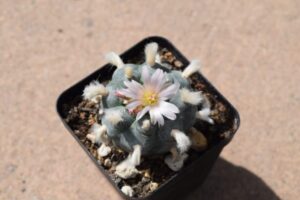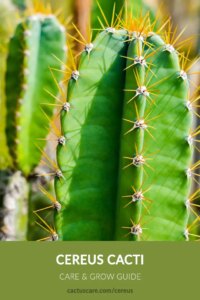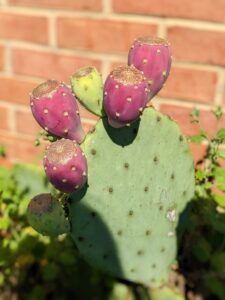Do Cactuses Have Seeds? Understanding the Reproductive Process of Cactus Plants
The allure of cacti extends beyond their striking forms and adaptations to arid environments; it encompasses an equally fascinating reproductive journey that raises a pivotal question: do cacti have seeds? This inquiry delves into the core of plant biology, revealing the complex strategies cacti deploy for survival and propagation. To grasp this process fully, it is essential to explore the types of reproduction, the unique characteristics of cactus seeds, and the ecological significance of their reproductive strategies.
Exploring Reproductive Methods: More Than Meets the Eye
Cacti exhibit remarkable reproductive versatility, predominantly thriving through two primary methods: sexual and asexual reproduction. Sexual reproduction involves the formation of flowers, pollination, and the subsequent development of seeds, while asexual reproduction encompasses processes such as cloning, where new plants arise from the parent without the necessity for seed formation.
Floral Phenomena: The Cactus Flower
Cactus flowers, often strikingly beautiful, play a crucial role in sexual reproduction. Many species bloom in vibrant colors, attracting a plethora of pollinators, including bees, birds, and bats. The natural allure of the cactus flower serves not only to entice pollinators but also symbolizes the transformation of the arid landscape when viewed during their flowering seasons. Notably, these flowers are typically nocturnal or diurnal, depending on their specific pollinators, showcasing an evolutionary adaptation that emphasizes their reproductive success.
Upon successful pollination, the flower undergoes a remarkable transformation. The ovary develops into a fruit, which encases the seeds. This process highlights an essential point: yes, cacti do have seeds! Within the fruit, the seeds possess various shapes and sizes, often comprising a hard exterior for protection. Some species produce a staggering quantity of seeds, allowing them to increase their chances of propagation, particularly in favorable conditions following rainfall.
Asexual Reproduction: Cloning Nature’s Wonders
In addition to their capacity for sexual reproduction, many cacti can reproduce asexually through methods such as offset formation or vegetative propagation. Offset formation occurs when new cacti grow from the base of the parent plant, creating a cluster of individuals that share a genetic lineage. This form of reproduction is particularly advantageous in harsh environments, as the new plants are genetically identical to their parent, ensuring the continuation of successful traits suited to their specific habitat.
The Aesthetic Appeal of Cactus Seeds
Understanding the characteristics of cactus seeds enhances appreciation for their reproductive strategy. Seeds are often tiny, sometimes resembling specks of dust, yet they harbor tremendous potential. Encased within the protective coat is an embryo, which, upon exposure to favorable conditions, can sprout into a new cactus. The seeds of various species exhibit distinct features; some are equipped with wings to aid in wind dispersal, while others rely on animal interactions for movement, as they may pass through the digestive system of a creature before germinating elsewhere.
Nature’s Artistry: The Diversity of Cactus Seed Dispersal
The methods of seed dispersal reflect an extraordinary tapestry of ecological relationships. Cacti have evolved to leverage wind, water, and animal activity for the distribution of their seeds, further enriching the ecosystem. For instance, certain birds are known to consume cactus fruits, and in doing so, inadvertently transport seeds to new locations through their feces. This fortuitous occurrence establishes new cacti in diverse environments, ultimately enhancing genetic diversity and resilience.
The Lifespan of Seeds: Waiting for the Ideal Moment
One remarkable aspect of cactus seeds is their ability to enter a state of dormancy—a survival mechanism that allows them to wait for optimal conditions to germinate. This dormancy can last for extended periods, sometimes years, safeguarding the seeds until the environment is conducive for growth. Following rainfall or suitable temperature changes, these resilient seeds will break dormancy and commence their journey toward becoming a mature cactus.
Ecological Significance: Cacti in Their Environment
The reproductive strategies of cacti have profound implications for their ecosystems. As hardy survivors in arid regions, cacti provide essential resources for a diverse array of organisms, including insects, birds, and mammals. Their flowers offer nourishment in the form of nectar, while their fruits serve as a vital food source for numerous species. Thus, the reproductive process of cacti is not merely about continuity for the plant itself; it is intricately woven into the fabric of the ecosystem, sustaining a wide array of life.
Conclusion: A Testament to Resilience
The reproductive process of cacti showcases an intricate blend of beauty, adaptation, and ecological interdependence. From their stunning blooms to the marvel of seed development and dispersal, cacti epitomize survival in the face of adversity. Through both sexual and asexual reproduction, cacti possess the remarkable ability to flourish and extend their lineage. Understanding these processes accentuates the aesthetic appeal of cacti, inviting admiration not only for their striking appearances but also for the vital roles they play in their environments. Indeed, the world of cacti transcends the superficial, embodying resilience that thrives amidst the harshest conditions.





Leave a Comment